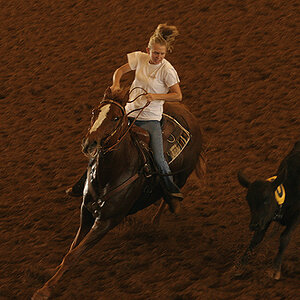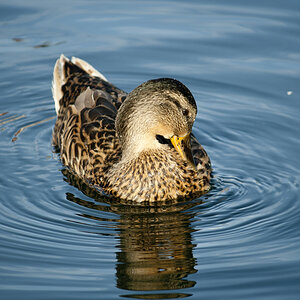Navigation
Install the app
How to install the app on iOS
Follow along with the video below to see how to install our site as a web app on your home screen.

Note: This feature currently requires accessing the site using the built-in Safari browser.
More options
You are using an out of date browser. It may not display this or other websites correctly.
You should upgrade or use an alternative browser.
You should upgrade or use an alternative browser.
5.6 vs. Sunny 16
- Thread starter stevet1
- Start date
- Joined
- Mar 8, 2011
- Messages
- 25,160
- Reaction score
- 9,010
- Location
- Iowa
- Website
- pixels.com
- Can others edit my Photos
- Photos NOT OK to edit
Sunny 16 doesn't mean you have to use f/16. It's just a starting point to guesstimate exposure.
Once you figure your shutter speed, you can start changing them.
Once you figure your shutter speed, you can start changing them.
Designer
Been spending a lot of time on here!
- Joined
- Apr 13, 2012
- Messages
- 18,505
- Reaction score
- 4,853
- Location
- Iowa
- Can others edit my Photos
- Photos OK to edit
f/5.6 might be good for some circumstances, but probably not for every shot. Depends on what you want for the DOF, and the light conditions. Somebody told you that the mid-range aperture settings will probably give you a decent DOF, and many lenses actually perform better in the mid range.I've read that 5.6 is a good average aperture to use.
Lately, I've learned about the Sunny 16 method. I know that circumstances are going to vary, but which would be better to use?
The "sunny 16" rule of thumb is a reasonable starting point when guessing at the exposure when you don't have a light meter. (Your camera has a light meter in it.)
I'd say don't use either one reflexively, but use the technology that is in your camera to determine the correct exposure.
dennyr
TPF Noob!
- Joined
- Oct 28, 2016
- Messages
- 108
- Reaction score
- 14
- Location
- usa ca -north
- Can others edit my Photos
- Photos OK to edit
Maybe it is my imagination, but it seems like there are a lot of these "Better/Best" type of questions lately.I've read that 5.6 is a good average aperture to use.
Lately, I've learned about the Sunny 16 method. I know that circumstances are going to vary, but which would be better to use?
Steve Thomas
Anyway.......Do you understand the different look you will get between 5.6 and 16.?
If you want f/5.6 and you have the shutter speed (or ND filter) go for it.
Derrel
Mr. Rain Cloud
- Joined
- Jul 23, 2009
- Messages
- 48,225
- Reaction score
- 18,941
- Location
- USA
- Website
- www.pbase.com
- Can others edit my Photos
- Photos OK to edit
An aperture value of f/5.6 gives you a shutter speed that is three stops faster then the speed needed for f/16. An aperture value of f/16 is very small and will usually cut down absolute sharpness compared with f/5.6, due to the effect of something called diffraction. However f/16 will have substantially more depth of field than will f/5.6.
If you use the "sunny 16" rule by setting the shutter speed to1/100 of a second and use and Use an ISO level of 100,your shutter speed will be too slow for many types of action photographs, so it would be far better to use f/5.6 and a shutter speed that is three exposure value levels faster than 1/100 --or in other words 1/800 of a second at F5.6
The idea that there is a best aperture or even a good average aperture to use is like saying that, "driving in third gear is the best"...
If you use the "sunny 16" rule by setting the shutter speed to1/100 of a second and use and Use an ISO level of 100,your shutter speed will be too slow for many types of action photographs, so it would be far better to use f/5.6 and a shutter speed that is three exposure value levels faster than 1/100 --or in other words 1/800 of a second at F5.6
The idea that there is a best aperture or even a good average aperture to use is like saying that, "driving in third gear is the best"...
Last edited:
vintagesnaps
Been spending a lot of time on here!
- Joined
- Jan 13, 2013
- Messages
- 9,119
- Reaction score
- 3,109
- Location
- US
- Can others edit my Photos
- Photos NOT OK to edit
Wherever you read that f5.6 was a good average aperture to use seems to be providing some inaccurate information (at least I don't get why that would be recommended). You'd do better to learn how to meter a scene to determine if you're getting an appropriate amount of light for a proper exposure.
Seems like Sunny 16 was usually used in a pinch if a photographer didn't have a meter handy.
Seems like Sunny 16 was usually used in a pinch if a photographer didn't have a meter handy.
- Joined
- Jan 10, 2014
- Messages
- 3,166
- Reaction score
- 1,920
- Location
- Hanson MA
- Can others edit my Photos
- Photos NOT OK to edit
F/5.6 is a common aperture as it is the maximum aperture for many "kit lenses", so lots of people will just set their aperture to f/5.6 and adjust from there to get proper exposure as that is the widest aperture they have at their disposal. I did it all the time when I was getting started. And there is nothing wrong with f/5.6, I used it the other day to get the DOF I needed for a specific shot due to my distance to my subject. And I was using f/1.4 glass, if I had shot at an aperture of f/1.4 from that distance I might have only had a half an inch of depth of field instead of the 4 or so inches f/5.6 gave me. I wanted everything from the tip of his nose back to his ears in focus.

Last edited:
Original katomi
Been spending a lot of time on here!
- Joined
- Mar 27, 2019
- Messages
- 3,663
- Reaction score
- 1,708
- Location
- South Coast UK
- Can others edit my Photos
- Photos NOT OK to edit
I would look up the review on your lens and find the sweet spot and go from there.
Dao
No longer a newbie, moving up!
I've read that 5.6 is a good average aperture to use.
Lately, I've learned about the Sunny 16 method. I know that circumstances are going to vary, but which would be better to use?
Steve Thomas
In general:
If you are a beginner, instead of thinking f/5.6 is a good average aperture and learn about Sunny 16, I'd recommend you take a look at how the aperture affect the photos and how to effectively use the camera build-in reflective light meter with exposure compensation if needed.
For choosing a aperture, you need to find out when you should shoot wide open or should NOT. In what circumstances that you better shoot with a smaller aperture or a doesn't matter aperture hence lens sweet spot (best aperture for a lens at a given focal length which produce a sharpest image) comes into play.
Personally, I do not think there is a good average aperture to use, it all depends on what you are capturing, how you like your photos looks and what equipment you are using. Portrait photo with background isolation photo is going to be different than taking a wide view photo of the mountain in a distance and is going to be different than taking a head shot of a bee. Once you know more about the effect of the aperture on the photos and practice for awhile, you maybe able to choose the right aperture of the photo.
- Joined
- Jul 18, 2015
- Messages
- 4,148
- Reaction score
- 5,993
- Location
- NV
- Can others edit my Photos
- Photos OK to edit
As an Amazon Associate we earn from qualifying purchases.
Derrel
Mr. Rain Cloud
- Joined
- Jul 23, 2009
- Messages
- 48,225
- Reaction score
- 18,941
- Location
- USA
- Website
- www.pbase.com
- Can others edit my Photos
- Photos OK to edit
many fast-maximum sperture prime lenses have exquisite performance at F5.6. Most prime lenses between 24 mm and 135 mm offer extreme sharpness and high contrast at F5.6
Similar threads
- Replies
- 12
- Views
- 881
- Replies
- 8
- Views
- 997
- Replies
- 0
- Views
- 1K

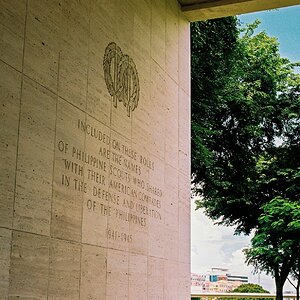

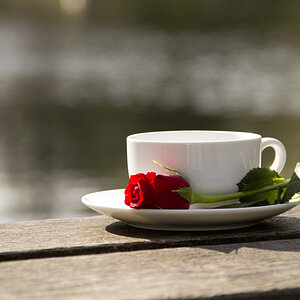
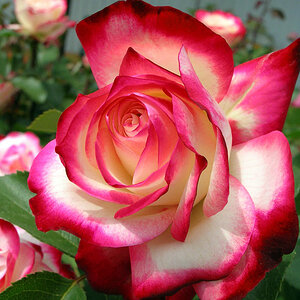
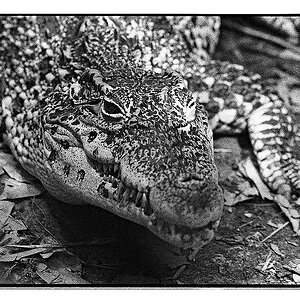
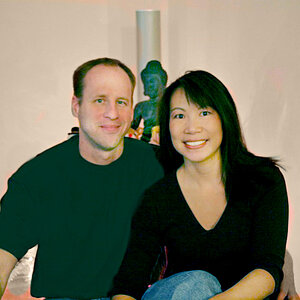
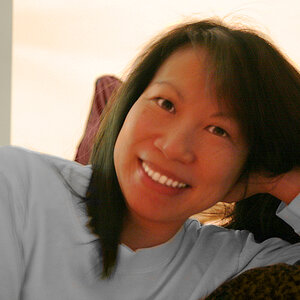
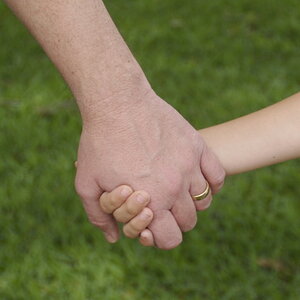
![[No title]](/data/xfmg/thumbnail/33/33026-d1cc9c60c2164adb92d7186eedb0673d.jpg?1619735840)
![[No title]](/data/xfmg/thumbnail/36/36658-525087f40e1bdbfe8b995ce4296ef4a6.jpg?1619737675)
